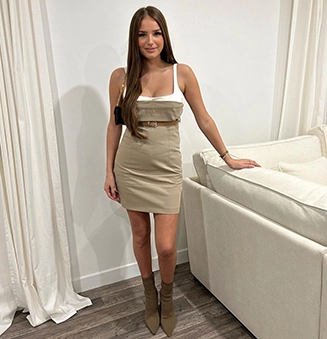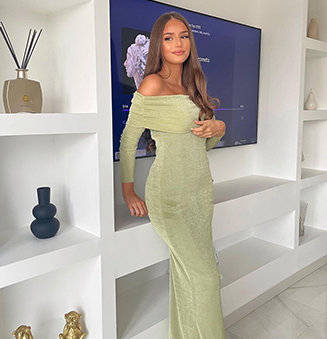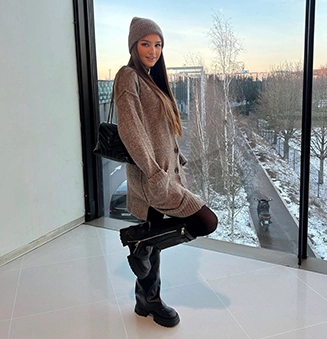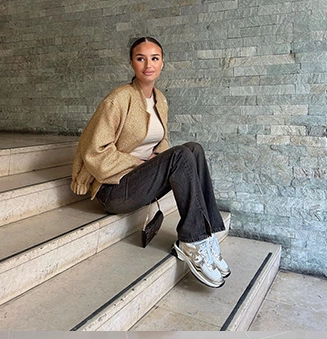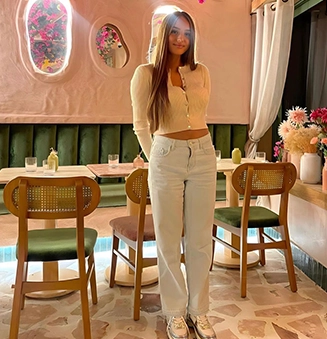
The art of interior design goes beyond mere aesthetics; It involves creating an environment that evokes emotions and influences our daily experiences. A powerful tool we have at our disposal to achieve this is color. Color psychology, the study of how colors influence human behavior and emotions, plays a crucial role in shaping the atmosphere of a room. In this blog, we explore the impact different hues have on our mood and how they can be effectively integrated into interior design to transform living spaces into personalized sanctuaries.
Before we delve into the specifics of color in interior design, it is important to understand the basic principles of color psychology. Colors are known to evoke certain emotions and reactions, influencing our mental state and even physiological reactions. For example, warm colors such as red, orange and yellow are often associated with energy, warmth and stimulation, while cool colors such as blue and green tend to convey calm, calm and relaxation.

The first step in using color psychology for interior design is to create a harmonious color palette. This includes choosing a primary color and incorporating complementary and analogous hues to create a visually appealing and balanced appearance. Consider the overall theme and purpose of each room, as well as the atmosphere you want. For example, a bedroom can benefit from calming blues and soft neutrals, while a vibrant living room could be enlivened with warm reds and yellows.
Red is a bold and powerful color that can evoke strong emotions. Often associated with passion, energy and warmth, red can be used strategically in interior design to add accent and vibrancy. However, excessive use of red can lead to sensory overload. That’s why it’s important to balance it with neutral tones or use it as an accent color for accessories, furniture or accent walls.
Blue, a cool and calming color, is ideal for rooms where relaxation is the priority. Bedrooms, bathrooms and living rooms can benefit from different shades of blue and promote a feeling of serenity and calm. Lighter shades of blue can create an open and airy atmosphere, while deeper shades of blue can add sophistication and depth. Consider combining blue with complementary colors such as white, cream or gray for a timeless and calming look.

Yellow, the color of sunshine, is known for its uplifting and stimulating properties. It can brighten up any room and create a welcoming atmosphere. However, using too much yellow can be overwhelming, so it’s recommended to balance it out with neutral tones. Consider incorporating yellow into accent decor, furniture, or even accent walls to energize the room without overwhelming it.
Green is associated with nature and growth and gives a room a feeling of balance and harmony. This versatile color can be used in different shades to evoke different emotions. Light green tones create a fresh and invigorating atmosphere, while darker green tones add a touch of sophistication. Green is an excellent choice for rooms intended to connect with nature, such as living rooms, bedrooms, or home offices.
Neutral tones, including white, gray and beige, create a timeless and elegant foundation for any interior design. These colors serve as versatile canvases and allow for easy integration of bolder hues into furniture, accessories, or accent walls. Neutral tones create a feeling of calm and balance, making them suitable for bedrooms, bathrooms and common areas where a calm atmosphere is desired.
Not everyone may be ready to paint entire walls in bold colors. For those looking for a more subtle approach, incorporating color through accessories is an excellent solution. Colorful throw pillows, rugs, artwork, and decorative items can add pops of color without overwhelming the space. This approach allows for flexibility, allowing homeowners to experiment with different color schemes and easily update their decor over time.

Natural light plays a crucial role in the perception of colors in a room. The intensity and direction of sunlight can change the appearance of colors, affecting the overall ambience. Rooms with abundant natural light can accommodate deeper and bolder colors, while rooms with limited light can benefit from increasingly lighter hues to create an illusion of openness.
Beyond the general principles of color psychology, personal preferences and individual tastes should be taken into account when choosing colors for interior design. Every person has unique associations and emotional reactions to colors. Therefore, it is important to choose shades that suit individual personalities. Whether it’s a favorite color or a shade that brings back fond memories, incorporating personal touches adds authenticity to the home.
In the realm of interior design, color psychology serves as a powerful tool to transform spaces into personalized sanctuaries that respond to our emotional and practical needs. By understanding the influence of different hues on our moods and experiences, homeowners can create environments that not only look aesthetically pleasing, but also promote desired emotions and atmospheres. From the passion of red to the calm of blue, from the energy of yellow to the calming nature of green, each color has its unique role in shaping the character of a home. Whether through bold wall colors or subtle accessories, the thoughtful use of color psychology opens up endless possibilities when designing a home that truly reflects and enriches the lives of its residents.
